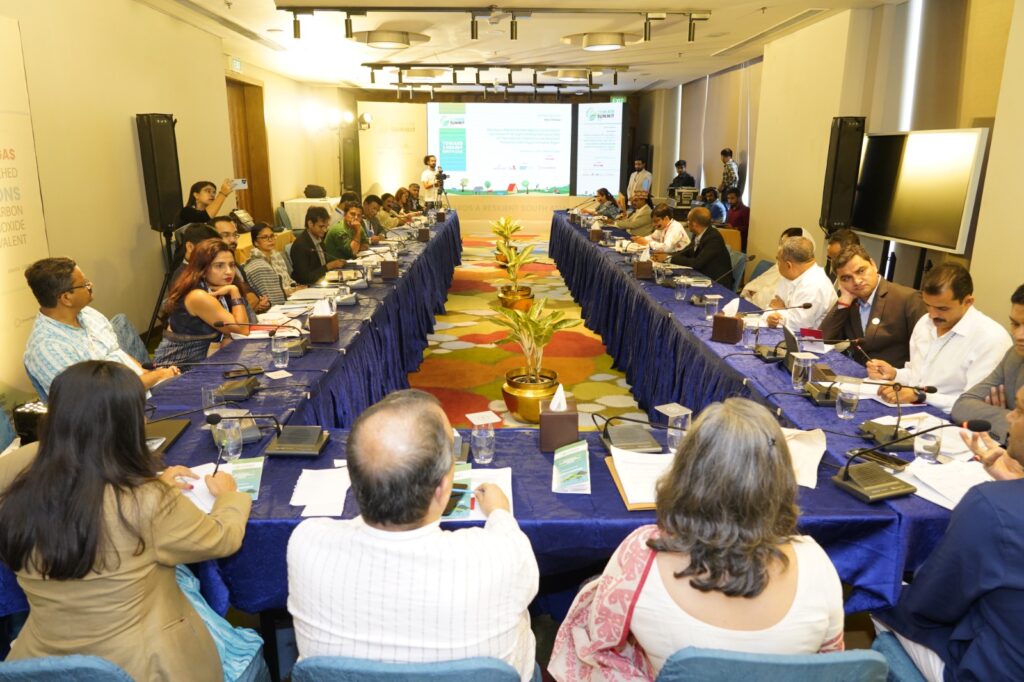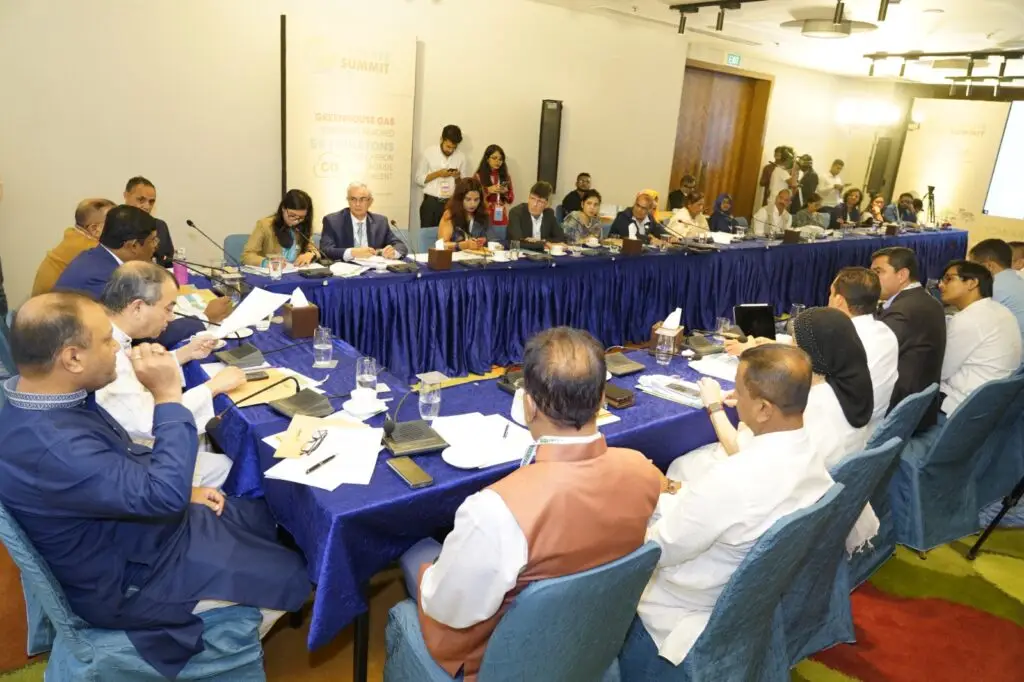Introduction to South Asian Regional Energy Cooperation
Background
Over the past two decades, South Asia has emerged as one of the world’s fastest-growing regions, boasting an impressive average annual GDP growth rate of six percent. This economic dynamism has been accompanied by a rich abundance of energy resources, particularly in the realm of clean energy. However, despite this potential, the region faces persistent challenges in meeting its escalating energy demands, leading to chronic shortages and quality issues in electricity supply as well as facing increasing climate challenges in energy developments.
At the heart of South Asia’s energy dilemma lies the untapped potential of its hydro and wind power resources. Countries such as Bhutan, India, and Nepal possess vast hydroelectric reserves, totalling approximately 350 gigawatts (GW). Yet, a significant portion of this potential remains unexploited, with over 100 GW of hydro capacity waiting to be harnessed in Bhutan and Nepal alone. Similarly, the region boasts substantial solar and wind power resources, primarily in India and Sri Lanka, offering further opportunities for clean energy development.
Regional Parliamentary Forum
To address the widening gap between energy supply and demand, there is an urgent need for enhanced cooperation and collaboration among South Asian nations. Recognizing this imperative, the South Asia Regional Parliamentary Forum for Energy Cooperation has been established, bringing together stakeholders from Bangladesh, Bhutan, India, Nepal, and Sri Lanka.
This initiative aims to foster collaboration in three key focus areas:
Cross-Border Energy Cooperation and Trade: Facilitating the exchange of energy resources across national borders is essential for optimizing resource utilization and ensuring energy security. By enhancing cross-border transmission interconnections and trading transactions, South Asian countries can leverage each other’s strengths to address regional energy deficits effectively.
Energy Market Formation: Developing robust energy markets is crucial for promoting competition, attracting investment, and ensuring efficient resource allocation. Through initiatives focused on market formation, such as standardizing regulations and promoting transparency, South Asia can create an enabling environment for sustainable energy development.
Regional Clean Energy Development: Leveraging the region’s abundant clean energy resources is central to achieving long-term energy sustainability. By investing in the systematic deployment of clean energy technologies and infrastructure, South Asian countries can reduce reliance on fossil fuels, mitigate environmental impacts, and foster socio-economic development.


Realizing the full potential of regional energy cooperation in South Asia requires concerted efforts across multiple fronts. First and foremost, there is a need for substantial investment in infrastructure development to facilitate the harnessing of clean energy resources. Additionally, policymakers must prioritize the creation of a level playing field for investors, ensuring regulatory certainty and attractive returns on investment. Finally, efforts to provide affordable electricity to consumers must remain a central tenet of energy policy, ensuring that the benefits of clean energy development are accessible to all segments of society.
Regional energy cooperation holds the key to unlocking South Asia’s clean energy potential and addressing the pressing energy challenges facing the region. By working together to harness hydro, solar and wind power resources, fostering cross-border energy trade, and promoting clean energy development, South Asian nations can pave the way towards a more sustainable and resilient energy future for generations to come.
